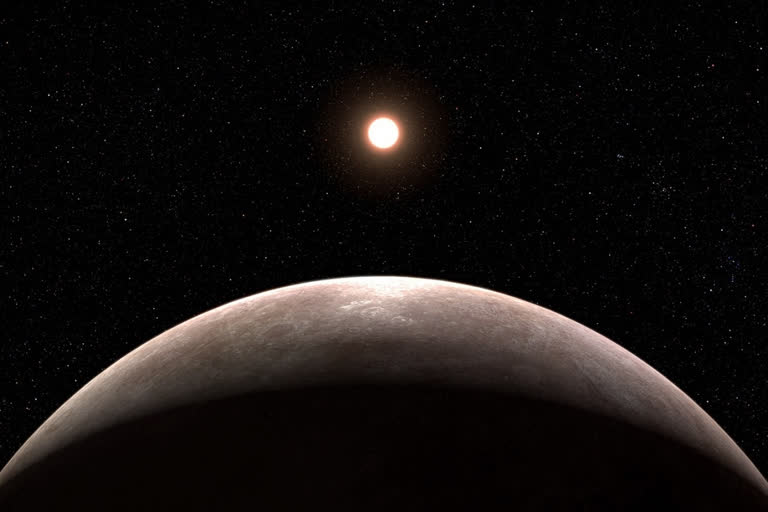Washington: Researchers have confirmed an exoplanet, a planet that orbits another star, using NASA's James Webb Space Telescope for the first time. Formally classified as LHS 475 b, the planet is almost exactly the same size as our own, clocking in at 99 per cent of Earth's diameter. LHS 475 b is relatively close, at only 41 light-years away, in the constellation Octans.
"These first observational results from an Earth-size, rocky planet open the door to many future possibilities for studying rocky planet atmospheres with Webb," said Mark Clampin, Astrophysics Division director at NASA Headquarters in Washington, DC. "Webb is bringing us closer and closer to a new understanding of Earth-like worlds outside our solar system, and the mission is only just getting started," he said in a statement late on Wednesday.
Also read: IN-SPACe signs MoU with Nascent Info Technologies for GIS applications
The research team was led by Kevin Stevenson and Jacob Lustig-Yaeger, both of the Johns Hopkins University Applied Physics Laboratory in Laurel, Maryland. Among all operating telescopes, only Webb is capable of characterising the atmospheres of Earth-sized exoplanets. Although the team can't conclude what is present, they can definitely say what is not present.
"There are some terrestrial-type atmospheres that we can rule out," said Lustig-Yaeger. "It can't have a thick methane-dominated atmosphere, similar to that of Saturn's moon Titan.a Webb also revealed that the planet is a few hundred degrees warmer than Earth. If clouds are detected, it may lead the researchers to conclude that the planet is more like Venus, which has a carbon dioxide atmosphere and is perpetually shrouded in thick clouds. "We're at the forefront of studying small, rocky exoplanets," Lustig-Yaeger said. (IANS)
(This story has not been edited by ETV Bharat and is auto-generated from a syndicated feed.)



